Tap into Success – Zip Code Estimates for Plumbing Excellence!
- Accurancy
- Efficiency
- Transparency
- Customization
- Time Saving
- Professionalism
- Cost Control

Constructing a storage building involves meticulous planning and cost estimation, with plumbing being a critical aspect of the overall project. Proper plumbing infrastructure ensures the functionality and convenience of the storage facility, whether it’s for storing inventory, equipment, or other valuable items.
Plumbing services provided by plumbing contractors are often associated with higher costs due to the specialized skills and expertise required. Licensed plumbers typically command higher hourly rates, reflecting the complexity of the tasks they handle.
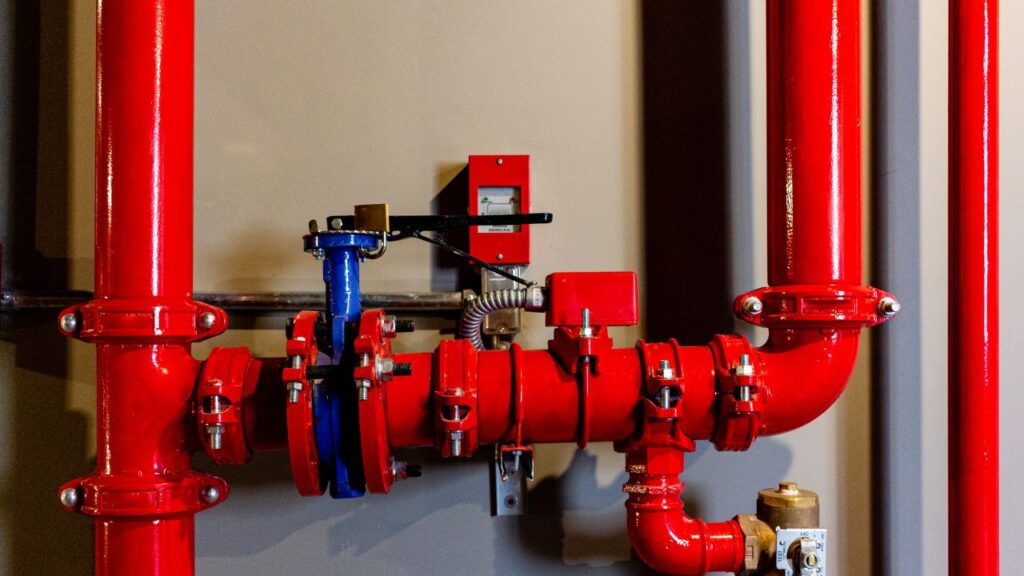
Given the intricacies involved in plumbing projects, potential challenges can arise, contributing to the perception of higher costs. However, creating accurate plumbing estimates is a crucial aspect of the service. These estimates serve as a valuable tool for informing potential customers about the anticipated costs of a plumbing job. In the following discussion, we’ll delve into the key considerations and strategies involved in crafting effective plumbing estimates.
Before initiating plumbing cost estimation for a storage building, it is imperative to lay a solid foundation through meticulous initial planning and design. This involves gaining a profound understanding of the building’s layout, purpose, and specific water-related needs. Collaborating early with architects and plumbing professionals is instrumental in creating a comprehensive plan aligned with both the building’s design aesthetics and functional requirements. Factors such as intended water use, drainage needs, and utility connection locations are carefully considered during this phase, ensuring a well-thought-out approach to plumbing integration within the storage facility.
The selection and strategic placement of plumbing fixtures are pivotal considerations in plumbing cost estimation. Identifying the precise fixtures required for the storage building—ranging from sinks and toilets to utility sinks—holds significance. Equally important is the thoughtful placement of these fixtures within the building layout. Strategic placement optimizes functionality, minimizes plumbing runs, and, subsequently, influences overall project costs. This phase demands a meticulous approach to fixture selection and placement to strike a balance between functionality and cost-effectiveness.
Determining the water supply system is a critical step in plumbing cost estimation for a storage building. Variables such as the building’s size, water demand, and local regulations shape the decision between a well-water system or connection to the municipal water supply. Additionally, the choice of materials for water supply pipes—be it copper, PVC, or PEX—adds another layer of complexity and directly impacts overall plumbing costs. The careful evaluation of these factors is crucial to developing an accurate estimate for the water supply system.
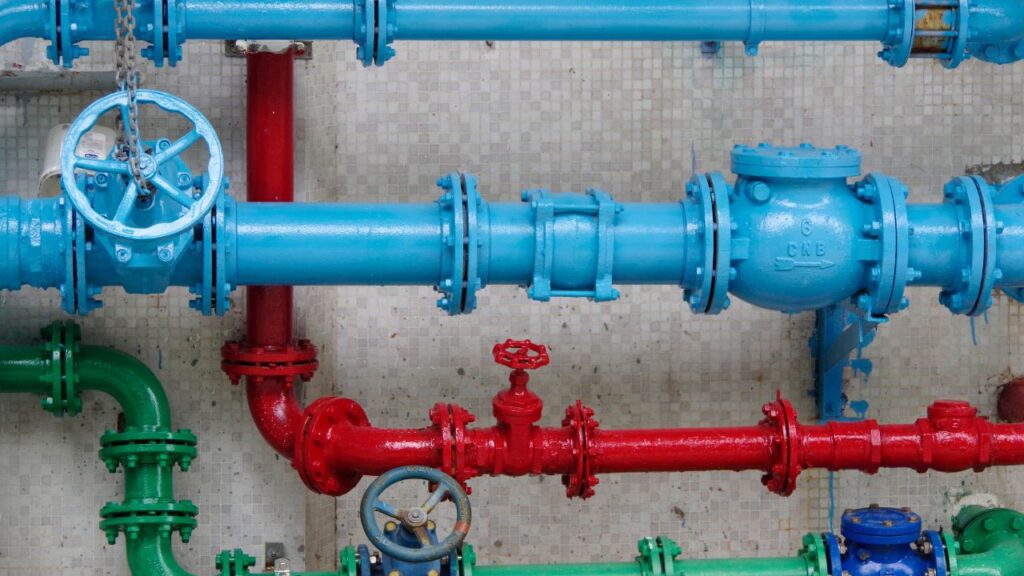
Proper drainage and sewage systems are indispensable components in plumbing cost estimation, aimed at preventing issues like flooding and water damage. Estimating costs in this category involves considerations such as the layout of pipes, materials utilized, and adherence to local building codes. The choice between gravity drainage and pump systems, influenced by the building’s layout and elevation, introduces further nuances to cost calculations. A comprehensive understanding of drainage and sewage requirements is essential for an accurate plumbing cost estimate.
Ensuring optimal air quality within the storage building is a fundamental consideration that influences plumbing cost estimation. Adequate ventilation systems are essential to mitigate concerns like mold and moisture buildup. The size of the building and the need for specialized ventilation solutions are critical factors impacting costs in this category. Including ventilation considerations in the plumbing cost estimation is a proactive approach to maintaining a healthy indoor environment within the storage facility.

Material selection for plumbing systems, encompassing pipes, fixtures, and fittings, is a key determinant of costs. The varied price points and longevity associated with different materials directly influence both initial construction expenses and long-term maintenance. Simultaneously, labor costs, covering installation and any required excavation work, constitute a significant portion of overall plumbing cost estimation. Striking the right balance between material quality and labor efficiency is vital for an accurate estimate in this category.
Ensuring compliance with local plumbing codes and securing necessary permits is a foundational aspect of plumbing cost estimation. Costs related to permits, inspections, and adherence to regulations should be meticulously factored into the overall estimation. This proactive approach not only safeguards the project against potential legal complications but also reflects a commitment to upholding industry standards and best practices.
The unpredictable nature of construction projects necessitates the inclusion of a contingency budget in plumbing cost estimation. Allocating approximately 10-15% of the total plumbing cost for unforeseen circumstances provides financial flexibility and minimizes the impact of unexpected challenges. This contingency planning is a prudent financial strategy, ensuring that the project remains adaptable and resilient in the face of unforeseen issues that may arise during the construction phase.
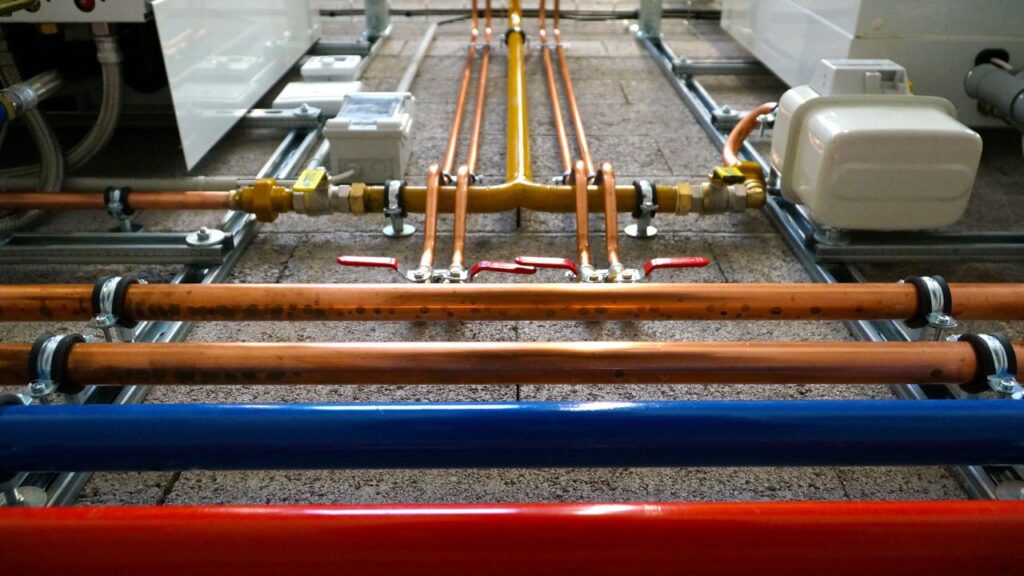
Engaging in early consultation with experienced plumbing professionals is a cornerstone of accurate plumbing cost estimation. Their invaluable expertise contributes insights that optimize the plumbing system’s design and identify potential cost-saving measures. The collaborative approach ensures that the plumbing integration within the storage facility aligns with industry best practices, regulatory standards, and the specific needs of the project. Consulting with plumbing professionals early in the planning stage enhances the overall efficiency and effectiveness of the plumbing cost estimation process.
Plumbing tasks are commonly categorized into three fundamental types: installations, repairs, and replacements. The nature of the project, along with the size of the dwelling, plays a pivotal role in shaping the plumbing estimate you formulate.
In the realm of plumbing projects, installations represent the foundational operations involved in introducing plumbing systems to a new or existing structure. This encompasses a spectrum of tasks, from laying sewer lines and septic systems to installing essential components such as pipes, toilets, sinks, or laundry machines. Installations typically stand out as the most financially substantial category of plumbing projects due to the inclusion of both materials and labor costs. Whether it’s setting up the intricate network of sewer lines or placing fixtures that define the functionality of a space, installations demand meticulous planning and precise estimation to ensure an accurate representation of the overall expenses involved.
Plumbing repairs constitute a category of projects known for their relative simplicity and affordability. Unlike installations, repairs focus on addressing existing plumbing issues without the introduction of new elements. This often results in lower material costs and quicker project timelines, making repairs a more accessible solution for homeowners. While plumbing repairs cover a broad spectrum, from fixing leaks to addressing issues like slab leaks, their general characteristic involves rectifying problems in the plumbing system without the need for extensive new installations. Thorough inspections are crucial before crafting estimates, ensuring a comprehensive understanding of the required repairs and associated costs.
Situated between installations and repairs in terms of both cost and time considerations, plumbing replacements involve the exchange of existing fixtures with newer counterparts. This category becomes especially relevant when upgrading or modernizing plumbing elements. While the original space and fittings may be utilized to some extent, the cost of acquiring new plumbing fixtures contributes to the overall expenses. Replacements strike a balance between the complexity of installations and the simplicity of repairs. Whether it’s upgrading outdated pipes or replacing worn-out fixtures, this category demands careful consideration of material costs, labor, and the intricacies of fitting new components into existing plumbing systems. Thorough assessments and detailed estimates are crucial to ensuring a seamless and cost-effective replacement process.
The initial step in creating a plumbing estimate involves determining your hourly rate. This crucial factor requires a comprehensive understanding of your worth, factoring in considerations like overhead costs and desired profit margins. Once you establish your hourly rate, it serves as the foundation for crafting accurate and fair plumbing estimates.
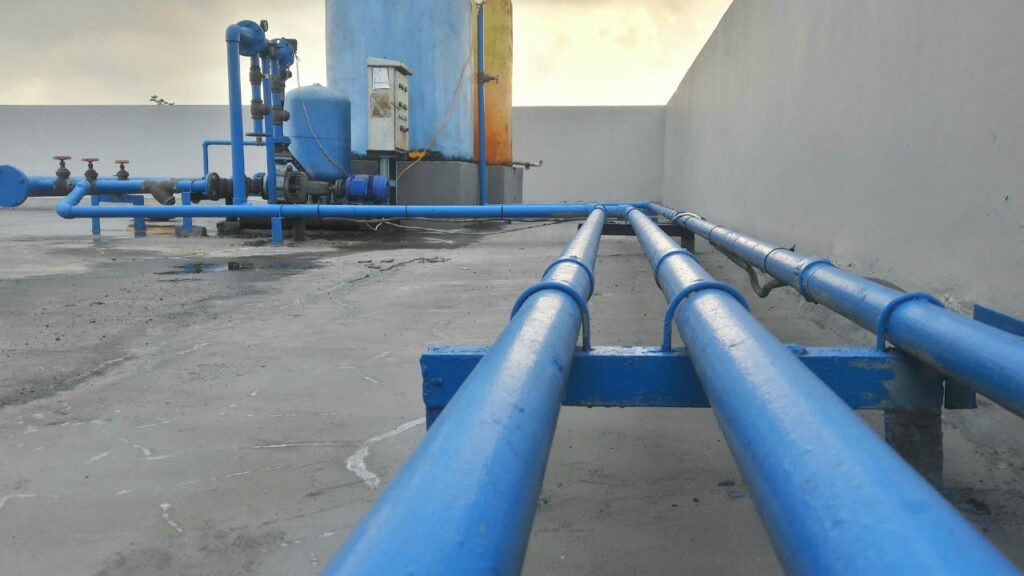
To compile accurate estimates, you need to gather the various costs associated with the plumbing jobs and organize them into comprehensive bids. This entails considering material costs, including taxes, permit expenses, and any extraordinary outlays such as temporary toilets or handwashing stations. Keep a well-organized record of this information for reference during the estimation process.
Managing your expenses efficiently is crucial when creating estimates. Utilizing Estimate Florida Consulting’ expense and receipt tracking software can simplify the process, enabling you to keep meticulous records of your spending and easily provide receipts to your clients.
Evaluating the number of labor hours required for a specific job is a key aspect of plumbing estimation. Distinguish between small-scale tasks, like fixing a leaking pipe or clearing a clogged drain, and more extensive projects, such as a septic tank replacement. Clients generally prefer estimates that stay within the projected billable hours, contributing to overall cost savings.
Combine the figures obtained in steps 2 and 3 to determine the overall estimate cost. This total amount, along with a breakdown of associated costs, will be presented to the potential customer. Utilize a basic formula for this:
Total Labor Cost=Hourly Rates×Estimated Labor Hours
Total Estimated Cost=Material Costs×Labor Cost + (Material Costs and Other Expenses)
Total Estimated Cost=Material Costs×Labor Cost + (Material Costs and Other Expenses)
Creating accurate estimates is a time-consuming process, and leveraging estimating software can enhance efficiency. FreshBooks’ estimating software facilitates the creation of clear and comprehensive estimates for various job sizes. Once the project is completed, the software seamlessly converts your estimate into an invoice, streamlining the billing process. This user-friendly approach accelerates the entire estimation and invoicing cycle, ensuring detailed and error-free estimates for both you and your clients.
Our zip code estimates, tailored for both residential and commercial plumbing projects, provide the insights you need.
Prior to commencing an actual plumbing project, a thorough inspection is imperative to identify the client’s specific needs. Similar to any plumbing job, providing potential customers with an estimate for the inspection is essential. An effective approach to estimating inspection costs is by offering a straightforward hourly rate. Given the unpredictability of the job’s scope during the inspection phase, providing an estimate based on complexity can be challenging. For instance, dealing with intricate gas lines or requiring specialized tools such as a camera may warrant higher rates for specific tasks. Some plumbers may also opt to provide free plumbing estimates during the inspection stage, depending on their preferred business policy.
Crafting accurate plumbing estimates for storage buildings involves meticulous planning and collaboration with professionals. Considerations include initial design, fixture selection, water supply, drainage, ventilation, material costs, labor, regulations, and contingency planning. Categorizing tasks into installations, repairs, and replacements guides cost estimation. Engaging with plumbing professionals early enhances precision. Estimating inspection costs, whether hourly or considering complexities, is vital. In conclusion, transparent communication, systematic approaches, and collaboration ensure successful plumbing cost estimates for storage building projects.
Various factors, including the building’s size, intended water use, fixture selection, and local regulations, can impact plumbing costs.
Plumbing contractors may charge higher rates due to the specialized skills needed, licensed plumber hourly rates, and the complexities associated with storage building projects.
Collaborating early is essential for a comprehensive plumbing plan that aligns with both design aesthetics and functional requirements, optimizing cost-effective solutions.
Careful selection and strategic placement of plumbing fixtures are pivotal to optimize functionality, minimize costs, and ensure an accurate representation of the overall expenses.
Factors such as building size, water demand, and local regulations influence the choice between well-water systems or municipal connections, impacting overall plumbing costs.
Contingency budgets (10-15% of total cost) provide financial flexibility, minimizing the impact of unforeseen challenges during the construction phase.
Replacements balance complexity and simplicity, involving the exchange of existing fixtures. Material costs, labor, and fitting new components into existing systems influence expenses.
Estimating inspection costs, often based on hourly rates, is vital to provide potential customers with an idea of the initial assessment expenses. Complexities may warrant higher rates for specific tasks during inspections.
Here I am going to share some steps to get your storage building plumbing cost estimate report.
You can send us your plan on info@estimatorflorida.com
Before starting your project, we send you a quote for your service. That quote will have detailed information about your project. Here you will get information about the size, difficulty, complexity and bid date when determining pricing.
Our team will takeoff and estimate your project. When we deliver you’ll receive a PDF and an Excel file of your estimate. We can also offer construction lead generation services for the jobs you’d like to pursue further.

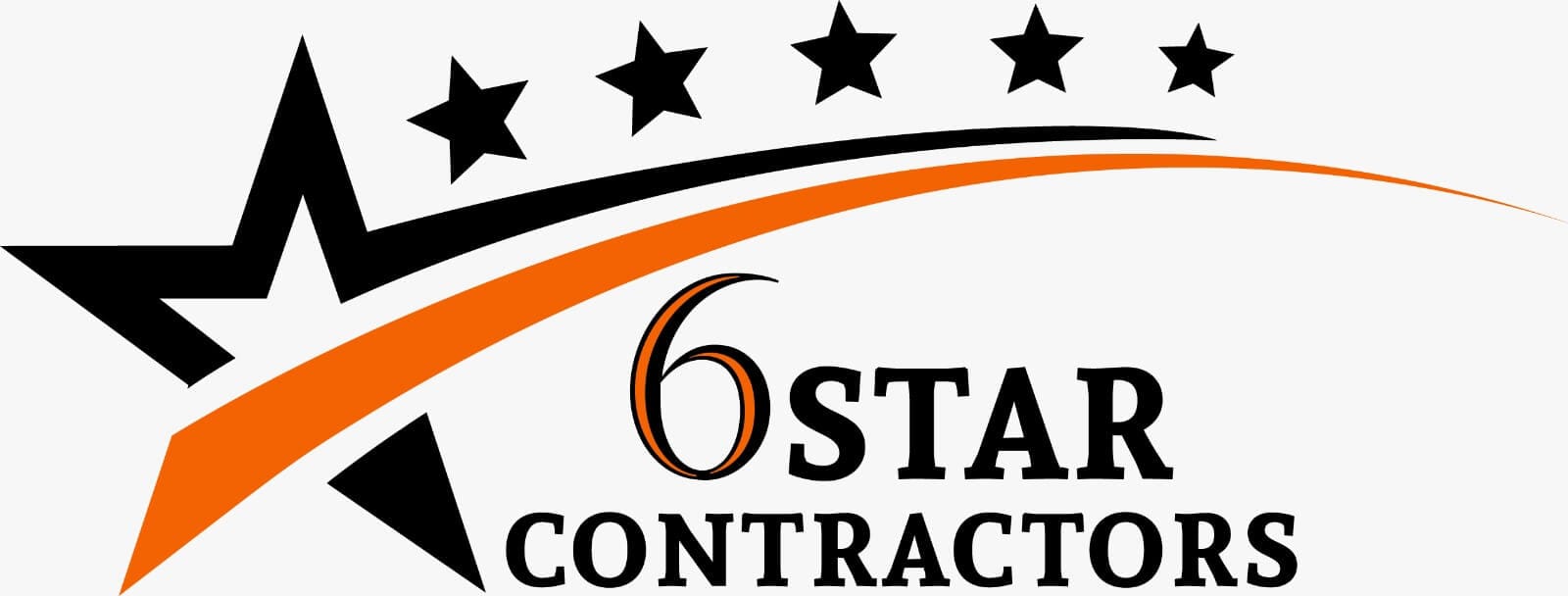

561-530-2845
info@estimatorflorida.com
Address
5245 Wiles Rd Apt 3-102 St. Pete Beach, FL 33073 United States
561-530-2845
info@estimatorflorida.com
Address
5245 Wiles Rd Apt 3-102 St. Pete Beach, FL 33073 United States
All copyright © Reserved | Designed By V Marketing Media | Disclaimer